
One vs many Royalty Free Vector Image VectorStock
One-to-Many Relationship: In relational databases, a one-to-many relationship occurs when a parent record in one table can potentially reference several child records in another table. In a one-to-many relationship, the parent is not required to have child records; therefore, the one-to-many relationship allows zero child records, a single.
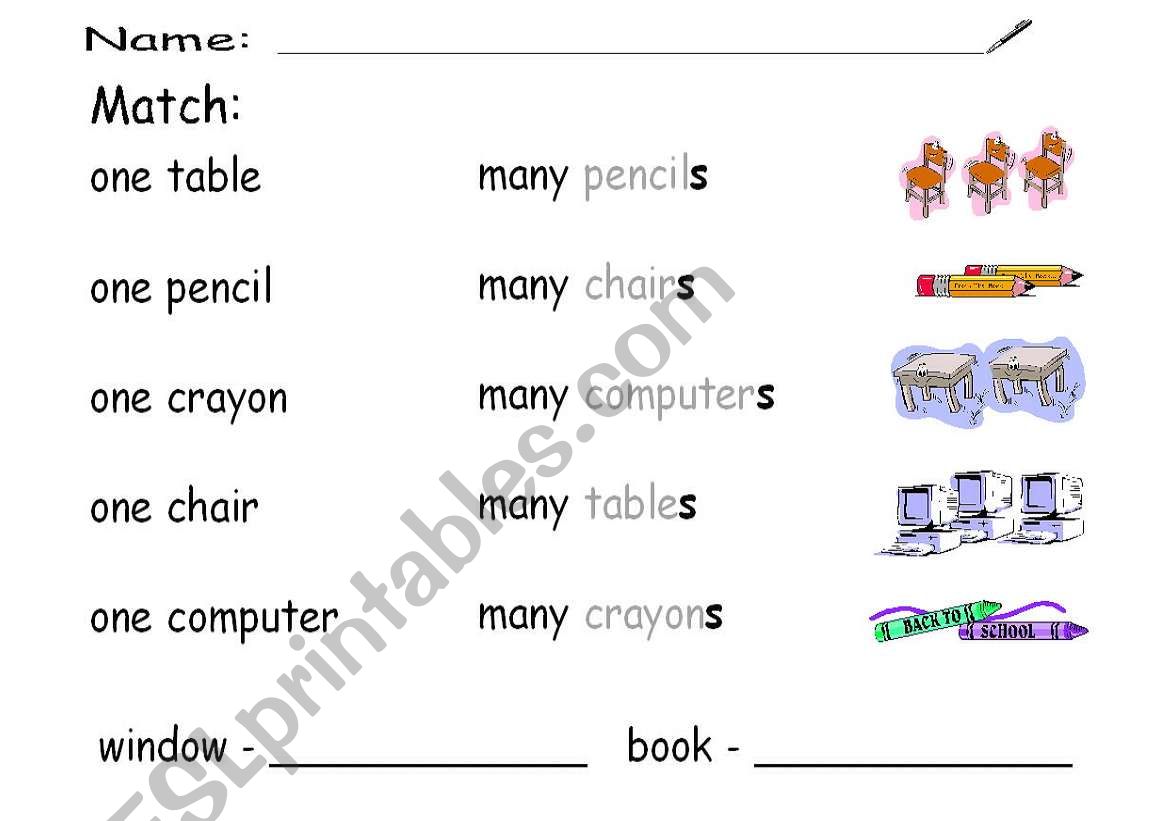
English worksheets One and Many
2. One to Many & Many to One Relations. In One-To-Many relations, a single column value in one table will have one or more dependent column value (s) in another table. Now, we will look at the below Picture: One-To-Many Table Relation. Here, there are two tables. One is Customer Table, which has all the customers.
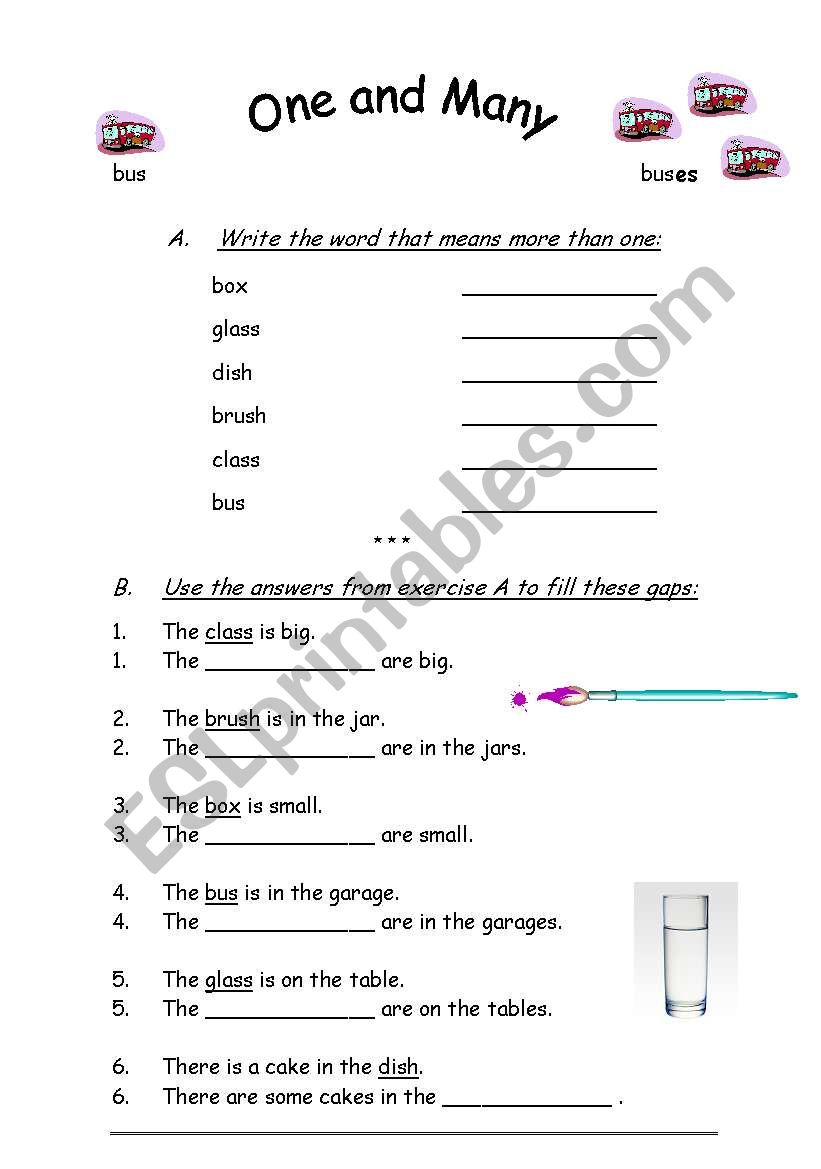
English worksheets One and many es
Summary. In a one-to-many relationship, a row in a table is associated with one or more rows in another table. Use ForeignKey to establish a one-to-many relationship between models in Django. Define the ForeignKey in the model of the "many" side of the relationship. Use the select_related () method to join two or more tables in the one-to.
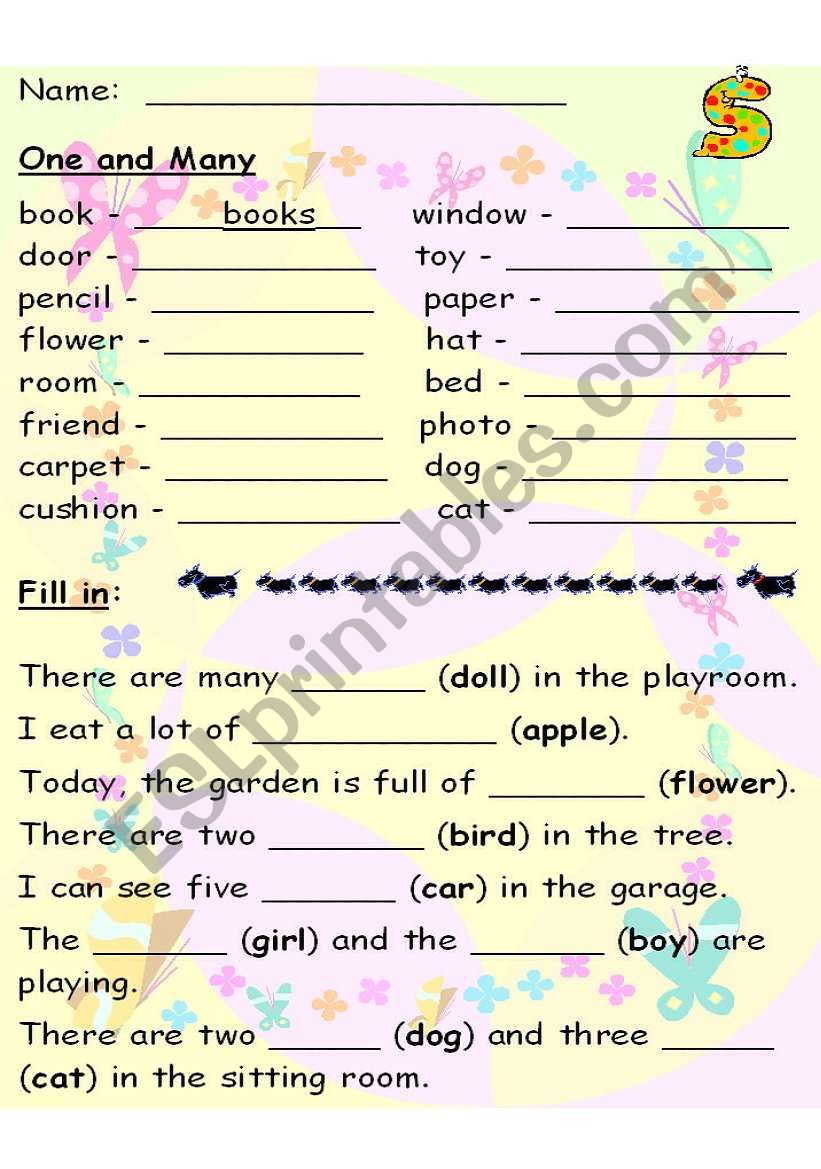
View Worksheet One And Many Pictures Background
Learn how to design relationships among tables in a relational database like SQL Server using the Primary-Foreign Key constraints. See examples of one-to-one, one-to-many and many-to-many relations with queries and screenshots.

One to Many Relationship Cardinality in DBMS » PREP INSTA
One-to-many (data model) In systems analysis, a one-to-many relationship is a type of cardinality that refers to the relationship between two entities (see also entity-relationship model) A and B in which an element of A may be linked to many elements of B, but a member of B is linked to only one element of A. For instance, think of A as.

Contoh Erd One To Many Diagram IMAGESEE
One-To-Many associations are connecting one source with multiple targets, while all these targets are connected only with this single source. This means that, unlike the One-To-One association, in which we had to choose where the foreign key would be placed, there is only one option in One-To-Many associations..

One and many nouns
A one-to-many example (or many-to-one, depending on the relationship direction): One student registers for multiple courses, but all those courses have a single line back to that one student. Many-to-many example: Students as a group are associated with multiple faculty members, and faculty members in turn are associated with multiple students.
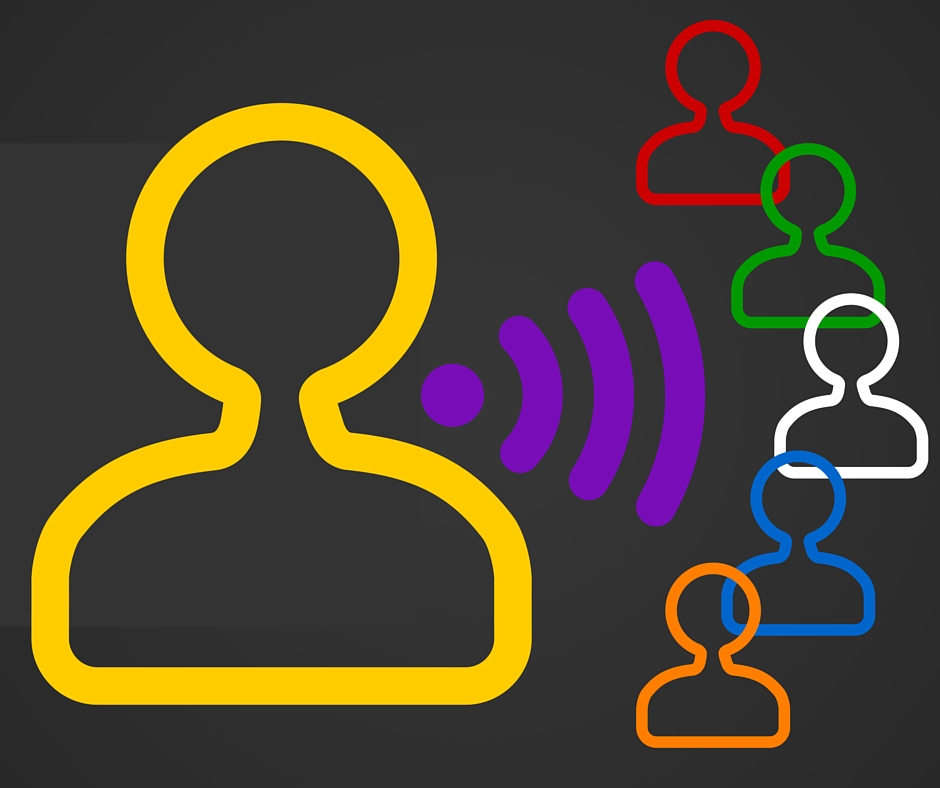
Your Marketing or Get Clients Now!
One-to-many relationships are one of the most common database relationships. If you want to learn when and how to use one-to-many relationships, then this article is a great starting point. You will surely use one-to-many relationships to store information in any relational database, whether you are designing enterprise-level software or just.
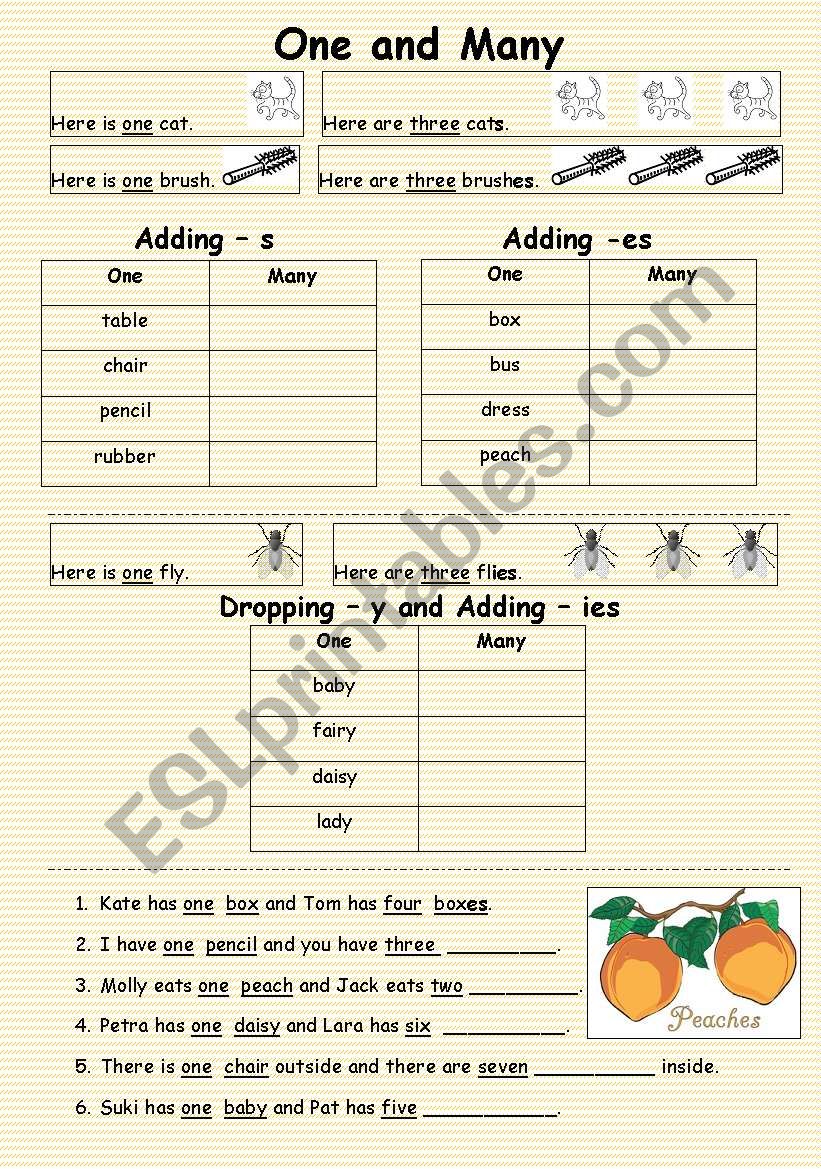
One and Many ESL worksheet by sarahann1984
A one-to-many relationship is made up from: One or more primary or alternate key properties on the principal entity; that is the "one" end of the relationship. For example, Blog.Id. One or more foreign key properties on the dependent entity; that is the "many" end of the relationship. For example, Post.BlogId.
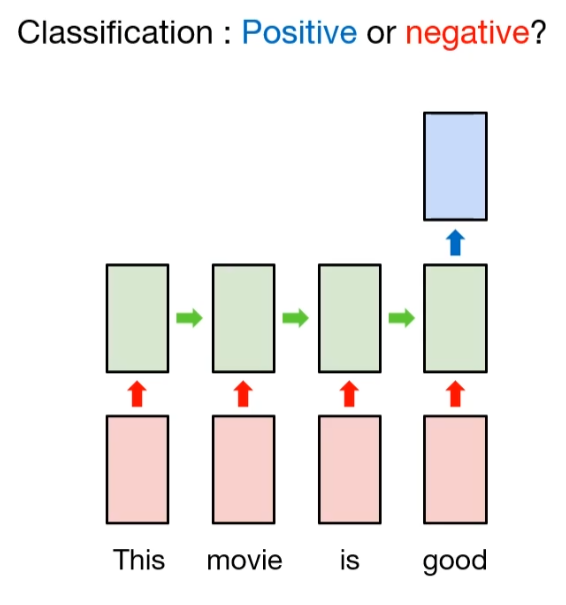
RNN Manytoone Chan`s Jupyter
1. Introduction. This quick Hibernate tutorial will take us through an example of a one-to-many mapping using JPA annotations, an alternative to XML. We'll also learn what bidirectional relationships are, how they can create inconsistencies, and how the idea of ownership can help.

Bayu Pratama's Entity One to One, One to Many, dan Many to Many
So in this example Owner is the One, and Homes are the Many. Each Home always has an owner_id (eg the Foreign Key) as an extra column. The difference in implementation between these two, is which table defines the relationship. In One-to-Many, the Owner is where the relationship is defined. Eg, owner1.homes lists all the homes with owner1's.
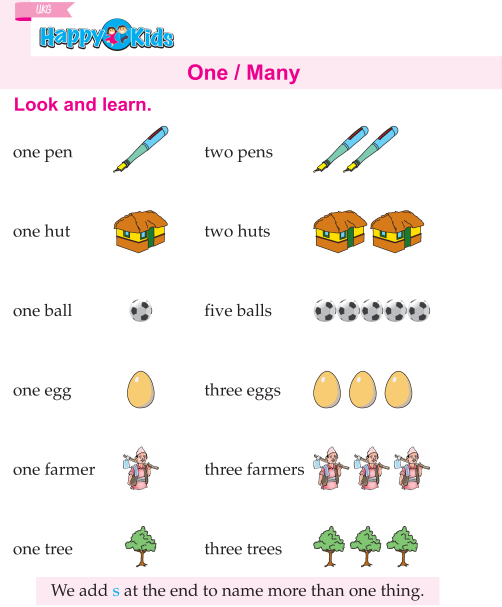
onemany Liberal Dictionary
Updated on June 16, 2021. A one-to-many relationship in a database occurs when each record in Table A may have many linked records in Table B, but each record in Table B may have only one corresponding record in Table A. A one-to-many relationship in a database is the most common relational database design and is at the heart of good design.
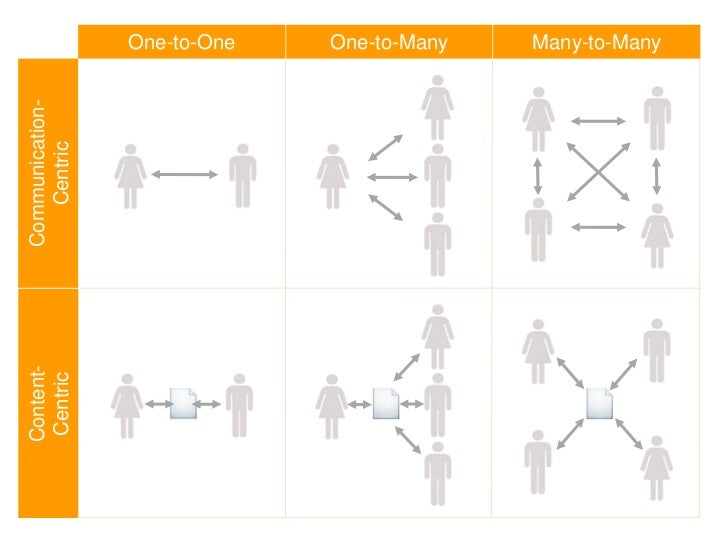
ManytoMany Communication Centric
Many to Many Relationship (M:M) A row from one table can have multiple matching rows in another table, and a row in the other table can also have multiple matching rows in the first table this.

One clipart many, Picture 1780307 one clipart many
For one-to-many relationships, table expansion takes place from the "many" to the "one" sides by using LEFT OUTER JOIN semantics. When a matching value from the "many" to the "one" side doesn't exist, a blank virtual row is added to the "one" side table.
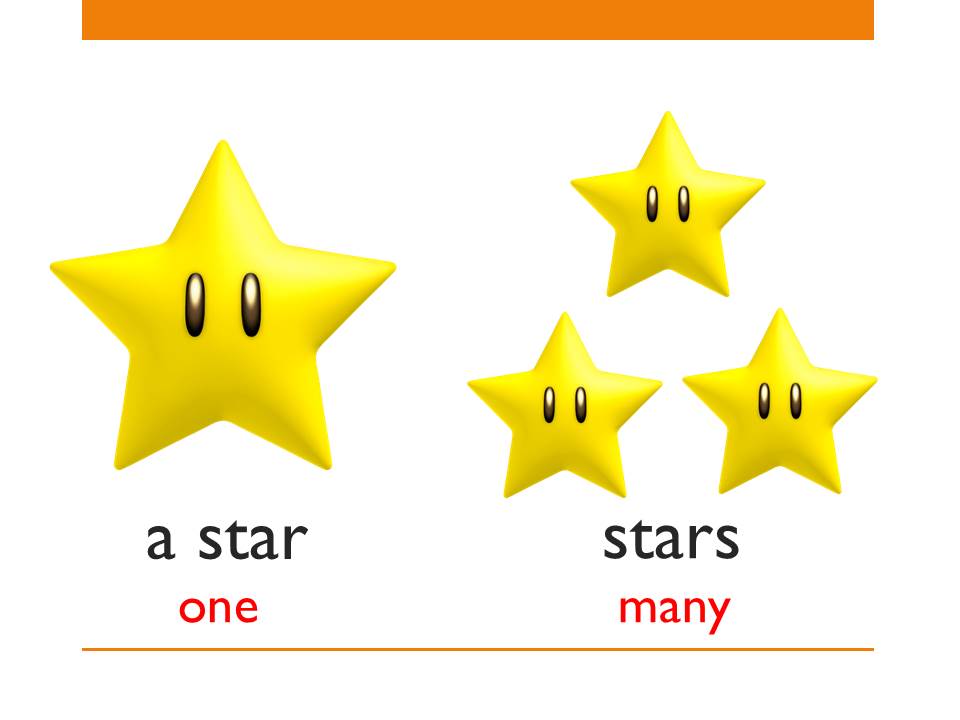
ONe Many box seat experiments
A One-to-many is also known as Primary Key-Foreign Key Relationships In relational databases, these many-to-one relationships are often enforced by foreign key/primary key relationships. In a dimensional schema, this relationships typically are between fact and dimension tables and between levels in a hierarchy. hierarchydimension This is a.

Duivendijk Many One
We can use the same syntax as we did with one-to-one relationships. By printing the shape, we can see that our original wards table has 50 rows. After merging the wards table with the licenses table, the resulting table has 10,000 rows. When you merge tables that have a one-to-many relationship, the number of rows returned will likely be.